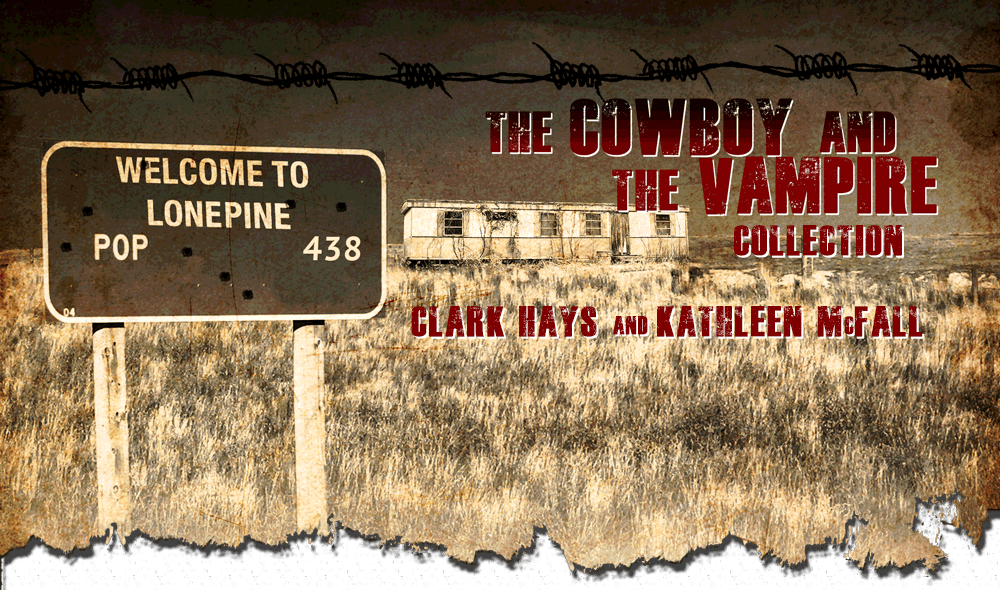Enumerate
Six pop mythical creatures that are really cultural environmental indicators in disguise, and why you should care
One: Big Foot aficionados (and their Yeti-loving cousins) are not crazy. Data suggest their obsession reflects a naïve hopefulness that an intelligent, gentle, human-like species could still live freely, deep in the primeval forest, having cunningly escaped the steady oppressive march of human civilization and its relentless takeover of nature. The back-of-the-envelope monster metadata analysis being reported here first gained momentum with the initial observation that a spike in Big Foot sightings may correlate with a surge in wilderness reverence. A flurry of Big Foot news a decade ago paralleled a concurrent surge in ardent eco-activism – what many, including the federal government, labeled eco-terrorism.
Two: Mermaid sightings have spiked recently, but these half-fish half human creatures tell a mixed tale, with their rise in popularity directly converse to a precipitous decline in Big Foot sightings. As an environmental attitude indicator species, mermaid data suggest that the oceanic vastness has displaced terrestrial wilderness as the new utopia for the human fantasy of Rousseau-style unchained living. The signs, thus, point to a ripe moment to accelerate initiatives associated with ocean preservation. Save the mermaid habitat, let the tail scales (and breasts) swim free.
Three: Vampires are everywhere in pop culture – from soap operas to serious literature – but even a casual observer will note that their popularity has taken a hit lately. The undead have jumped the shark. Why? A simple explanation is market saturation, but a more careful observation reveals a causal correlation of the vampire-mania apex and the Occupy Movement. As the 99 percent climbed to an unlikely pinnacle in mainstream media hits, the popularity of vampires was also sky high, a pop culture icon tidily embodying the bloodthirsty 1 percent. The fascinating aspect – and informal proof of the hypothesis of correlation – was the near identical timing of the decline of both.
Four: Werewolves can trip up even the most seasoned culture data miner, with no apparent trend line marking their surges. While the man-wolf has roots deep in history, contemporary statistical tracking reveals a pattern of seemingly random pops against a baseline of steady, consistent presence. London. Forks. Hogwarts. The environmental symbolism – along with its interpretation – fluctuates widely, with one year’s stories focused on the man-dog destined to kill what he loves (humans destroying their planet) and the next year’s narrative flipping to the wolf-beast’s lethal reactions to silver (regional mining topics). Yet, among this data noise, a meta-hypothesis takes shape. While additional analysis is still required, it appears modern werewolf lore may parallel the complex relationship between humans and endangered species, overlaying neatly the fortunes of the gray wolf.
Five: The current Zombie craze is a blazingly obvious pop symbol capturing those among us who feel like shambling husks strolling through life mindlessly looking to feed on the brains of someone they once loved (hungry for new ideas?). An essential aspect of the zombified narrative is the hero who emerges to pursue the classic savior journey. The breadth of the popularity of the zombie apocalypse suggests a unique historical moment in terms of indicator attitudinal monster species: is society ready to embrace climate change if a new charismatic hero shows us the way?
Six: Frankenstein is a monster waiting in the wings, ready to carry an environmental movement on his broad shoulders. Shelley’s creation is tailor-made for an era of GMOs, genetic tinkering and the host of bioengineering feats lumbering just over the horizon. Prediction: Within the next decade, cobbled together humans and ghoulish versions of Frank will explode onto the pop culture scene. Seize the moment, reverse engineer a movement.
This was a “get my brain thinking” piece I wrote recently based on the rubric established by ORION in their Enumeration series – a list with no additional explanation other than the title, 600 words or less. Feedback welcome! – KM
